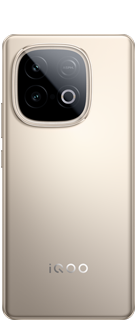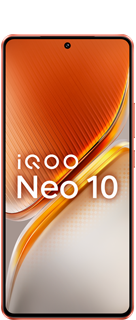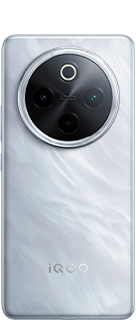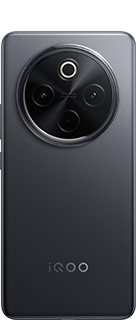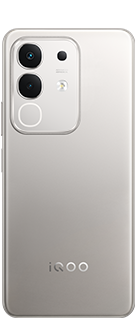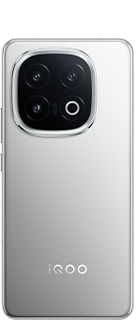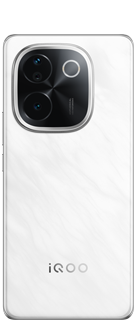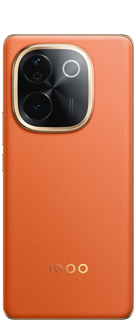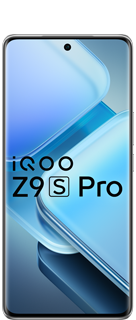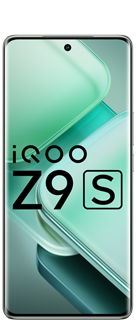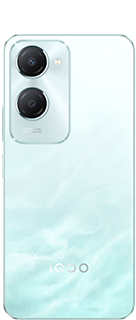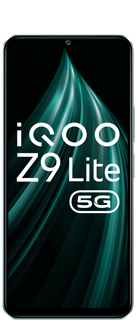Futuristic Gadgets Series, Part 5: Holographic Displays

Holographic displays have long been a staple of science fiction, captivating our imaginations with their futuristic allure. Today, this once-fantastical technology is rapidly becoming a reality, poised to transform how we interact with digital content. From immersive entertainment to advanced communication and education, holographic displays are set to redefine our visual experiences. In this article, we explore the technology behind holographic displays, their potential applications, and the challenges that lie ahead.

What Are Holographic Displays?
Holographic displays are advanced visual systems that project 3D images into space, allowing viewers to see and interact with digital content as if it were a physical object. Unlike traditional 2D screens, holographic displays create depth and dimensionality, offering a more immersive and realistic visual experience. This is achieved through the manipulation of light, enabling the display of images that appear to float in mid-air or extend out from the screen.

How Do Holographic Displays Work?
Holographic displays utilize several key technologies to create 3D images:
- Light Field Technology:
Light field displays generate multiple images at different angles, creating the illusion of depth. By projecting these images simultaneously, the display allows viewers to perceive a 3D object from different perspectives without the need for special glasses.
- Interference Patterns:
Holograms are created by recording and reconstructing the light waves that bounce off an object. This process involves the interference of two light waves: one that reflects off the object and another that acts as a reference. The resulting interference pattern is recorded on a medium, which can then reconstruct the object's 3D image when illuminated.
- Spatial Light Modulators (SLMs):
SLMs are devices that modulate the amplitude and phase of light waves to create holographic images. By precisely controlling the light, SLMs can produce complex holograms that appear as realistic 3D objects.
- Laser Technology:
Lasers are often used in holography to generate coherent light beams, which are essential for creating interference patterns. High-resolution holographic displays utilize laser projectors to produce sharp, detailed 3D images.
- Eye Tracking and Dynamic Focus:
Advanced holographic displays incorporate eye-tracking technology to adjust the focus and perspective of the image based on the viewer's position. This creates a more personalized and comfortable viewing experience, as the display dynamically adjusts to where the viewer is looking.

Potential Applications
- Entertainment and Gaming:
Holographic displays can revolutionize the entertainment industry by providing immersive experiences in movies, video games, and virtual reality (VR). Imagine watching a movie where characters and scenes appear to extend into the room or playing a video game where the action unfolds in 3D space around you.
- Communication and Collaboration:
Holographic displays enable more natural and engaging communication, especially in remote work settings. Video calls can be transformed into 3D meetings where participants appear as lifelike holograms, making interactions feel more personal and collaborative.
- Education and Training:
In educational settings, holographic displays can enhance learning by providing interactive 3D models for subjects like biology, engineering, and architecture. Students can explore complex concepts in a more tangible and engaging way, improving comprehension and retention.
- Medical Imaging and Healthcare:
Holographic displays offer significant benefits in medical imaging, allowing doctors to view 3D representations of organs, tissues, and surgical plans. This technology can improve diagnostic accuracy, surgical planning, and patient education by providing more detailed and intuitive visualizations.
- Retail and Advertising:
Retailers can use holographic displays to create eye-catching advertisements and product demonstrations that capture customers' attention. Shoppers can interact with 3D models of products, exploring features and options in a more engaging way than traditional displays allow.
- Art and Design:
Artists and designers can use holographic displays to create and showcase 3D artworks and prototypes. This technology enables a new level of creativity, allowing for the exploration of forms and ideas that transcend the limitations of physical materials.
- Military and Defense:
Holographic displays can be used in military training and simulation, providing realistic 3D environments for soldiers to practice tactics and strategies. In command and control centers, holographic maps and models can offer a more comprehensive view of battlefield scenarios.

Challenges and Considerations
- Technical Complexity:
Developing high-quality holographic displays requires sophisticated technology, including precise control of light waves and high-resolution projection systems. This complexity can make the development and production of holographic displays expensive and resource-intensive.
- Cost and Accessibility:
The current cost of holographic display technology is a significant barrier to widespread adoption. As with many emerging technologies, prices are expected to decrease as the technology matures and production scales, but initial costs may limit access to early adopters and niche markets.
- Content Creation:
Creating content for holographic displays presents unique challenges, as traditional 2D content does not fully utilize the capabilities of 3D projection. New tools and techniques are needed for designing and producing holographic content that takes advantage of the depth and interactivity offered by these displays.
- User Experience:
Ensuring a comfortable and intuitive user experience is crucial for the success of holographic displays. Factors like eye strain, viewing angles, and the realism of the holograms need to be carefully considered to provide a satisfying experience for users.
- Standardization and Compatibility:
As holographic display technology develops, there is a need for standardization to ensure compatibility across devices, platforms, and content formats. This will facilitate broader adoption and integration into existing digital ecosystems.

Overall
Holographic displays are on the cusp of transforming how we interact with digital content, offering a more immersive, interactive, and realistic visual experience. As the technology continues to advance, its applications will expand across various industries, from entertainment and education to healthcare and beyond. While challenges remain, the potential of holographic displays is immense, and they are set to play a key role in the future of visual technology.
Stay tuned for Part 6 of our Futuristic Gadgets series.
Follow For More Tech Threads @NITIN
Nitin Panwar
Moderator
Please sign in
Login and share

